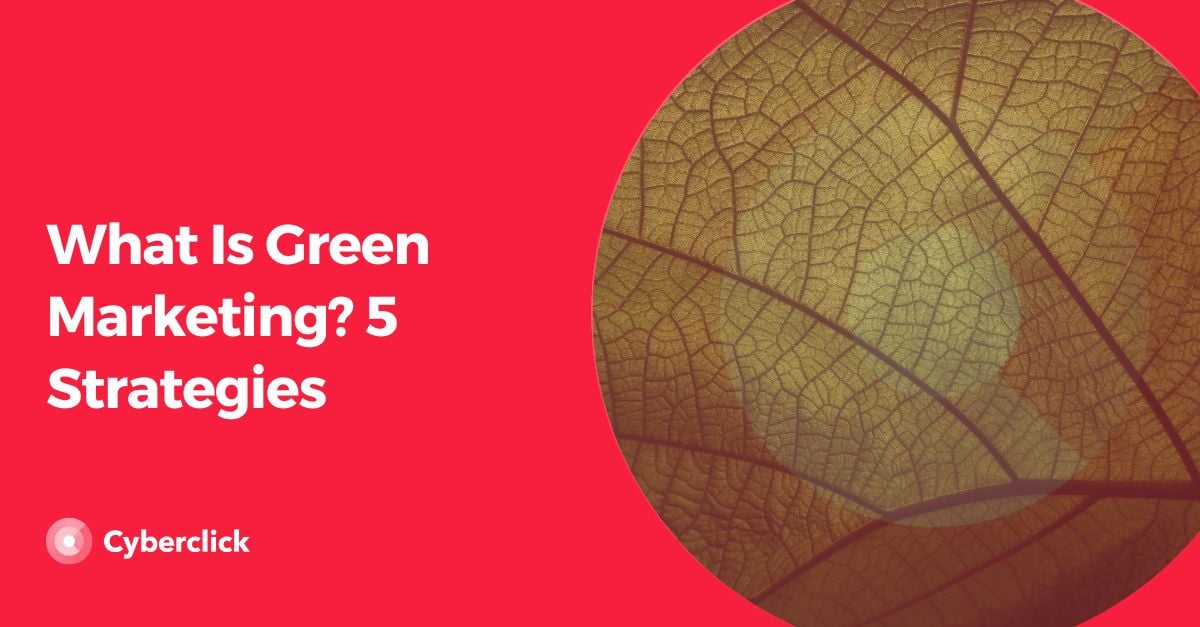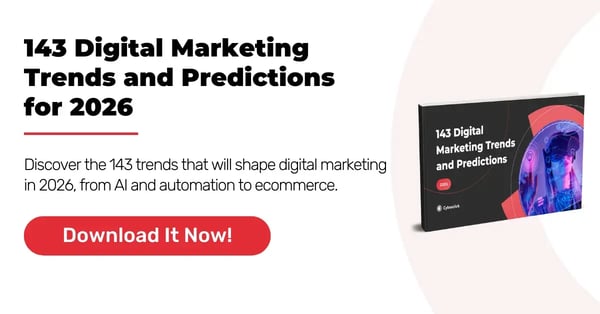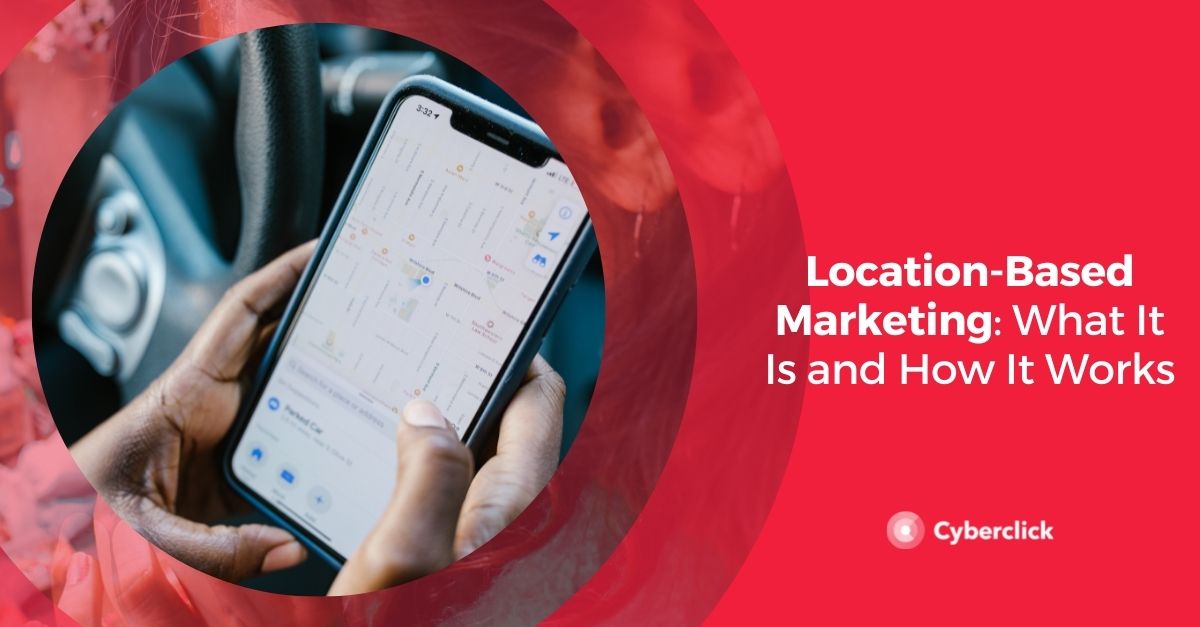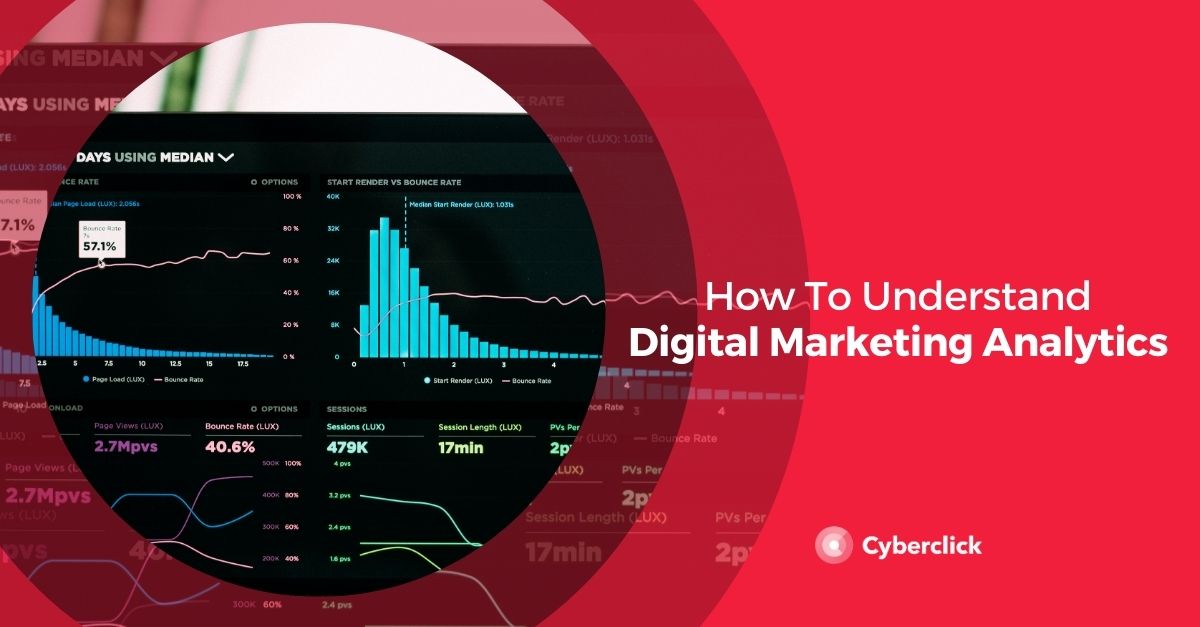Green marketing is the development, marketing, and distribution of products designed to minimize negative effects on the environment. It is considered one of the biggest marketing and business trends, and falls within the scope of corporate social responsibility and responds to social change.
The environment is an important concern for a large number of consumers and has led to major changes in consumption habits and marketing strategies. If brands don't want to be left behind, they have to take good note. Focusing on your product's origin, using sustainable packaging and communicating action are some of the strategies of this kind of marketing.

5 Green Marketing Strategies
1. Focus On LOHAS Consumers
In the world of marketing, there is an acronym for consumers interested in green marketing: LOHAS (Lifestyle of Health And Sustainability).
This is a rapidly growing market made up of people whose purchasing decisions are heavily influenced by environmental and social responsibility. This audience not only demands green marketing from brands but also influences other users with their values.
2. Communicate Action
Concern for the environment has been around since the 1990s. At that time, the ozone layer and acid rain were hot topics, while now consumers are concerned about climate change. They have become aware that the health of the planet must be a priority. This means that brands must also be concerned, action-oriented, and communicate the direct steps they’re taking to do their part in caring for the environment.
3. Product Origin
Consumers have begun to question the origin of the products they consume and reject products or ingredients associated with ecological disasters, like palm oil. As a result, there has been a boom in fair trade initiatives. As a brand, be careful with the ingredients you use. Highlight the good choices your brand has made to promote environmental sustainability and show how they align with the consumers' concerns.
Consumers are also interested in recycled products, as they are perceived as more sustainable. This is another avenue brands can explore, especially when it comes to packaging and development.
4. Use Sustainable Packaging
The excessive use of plastics is a topic that is top of mind for consumers, as demonstrated by initiatives such as Plastics-Free Week.
For years, brand packaging has been all about the experience for the consumer. Now, however, this type of packaging is perceived as excessive waste if it does not use recycled or sustainable materials. A strong green marketing tactic is to invest in environmentally responsible packaging, like recycled or no-plastic packaging. This can take many forms– using minimum amounts of packaging, recyclable or reusable materials or even selling products in bulk.
5. Consistency and Responsibility
The most important takeaway from this article is that green marketing is not a trend. The best way to communicate your brand is green to truly be green. Consumers are more informed than ever and they reject brands that target superficial initiatives to give a green image, yet still have practices that are harmful to the environment.
In short, green marketing forces us to rethink our business practices in terms of ecological and social responsibility. How is your business implementing green marketing techniques?
Incorporating Green Marketing Strategies into Your Digital Campaigns
Here are some tips to get you started.
-
Sustainability in Content:
Integrate sustainability messaging into your digital content, like blog posts, social media updates, and email campaigns. Highlight eco-friendly practices, initiatives, or products.
-
Interactive Green Content:
Use interactive content formats like quizzes, polls, or contests to engage your audience in discussions on sustainability and encourage participation.
-
Involve Influencers:
Collaborate with influencers who have proven green values. They can amplify your message to their followers and providing endorsements that enhance your brand's credibility in the eco-conscious community.
-
Encourage User-Generated Content:
Have your audience to share their sustainable practices or experiences with your products or services. Create campaigns or hashtags that promote UGC focused on sustainability. This not only engages your audience but also builds a community around eco-conscious values.
-
Measure and Communicate Impact:
Use digital analytics to measure the impact of your green marketing strategies. Quantify and communicate the positive environmental outcomes resulting from your initiatives. Transparency and authenticity in reporting contribute to building trust among your audience.
Es Licenciada en Economía y Derecho por la Universidad Pompeu Fabra. Está especializada en acciones integrales de marketing online para la generación de leads y en la planificación de campañas de e-mail marketing, Mobile Marketing, Content Advertising y Social Media.
Nerea holds a degree in Economics and Law from Pompeu Fabra University. She specializes in comprehensive online marketing actions for lead generation and in planning e-mail marketing, Mobile Marketing, Content Advertising and Social Media campaigns.






Leave your comment and join the conversation